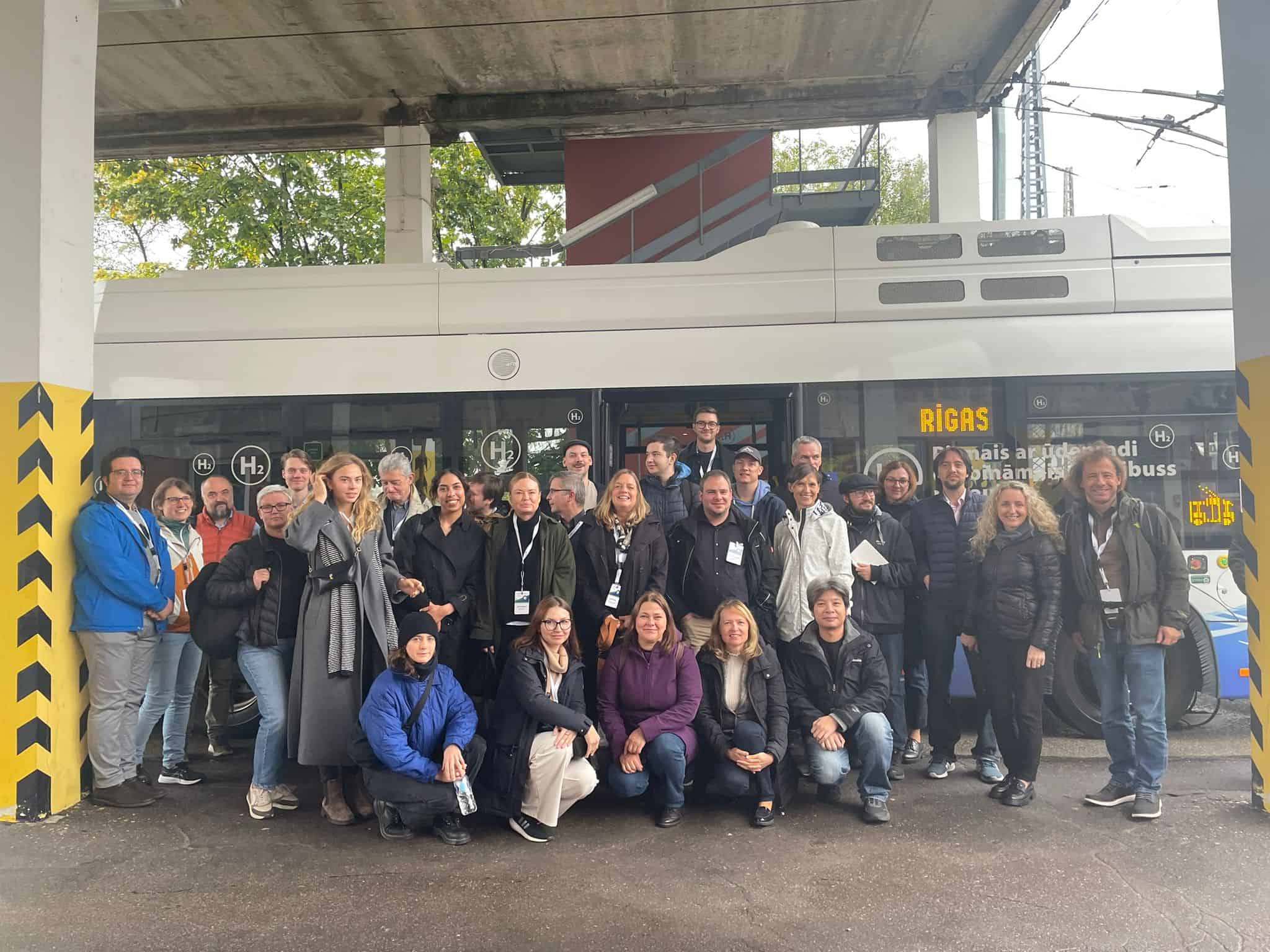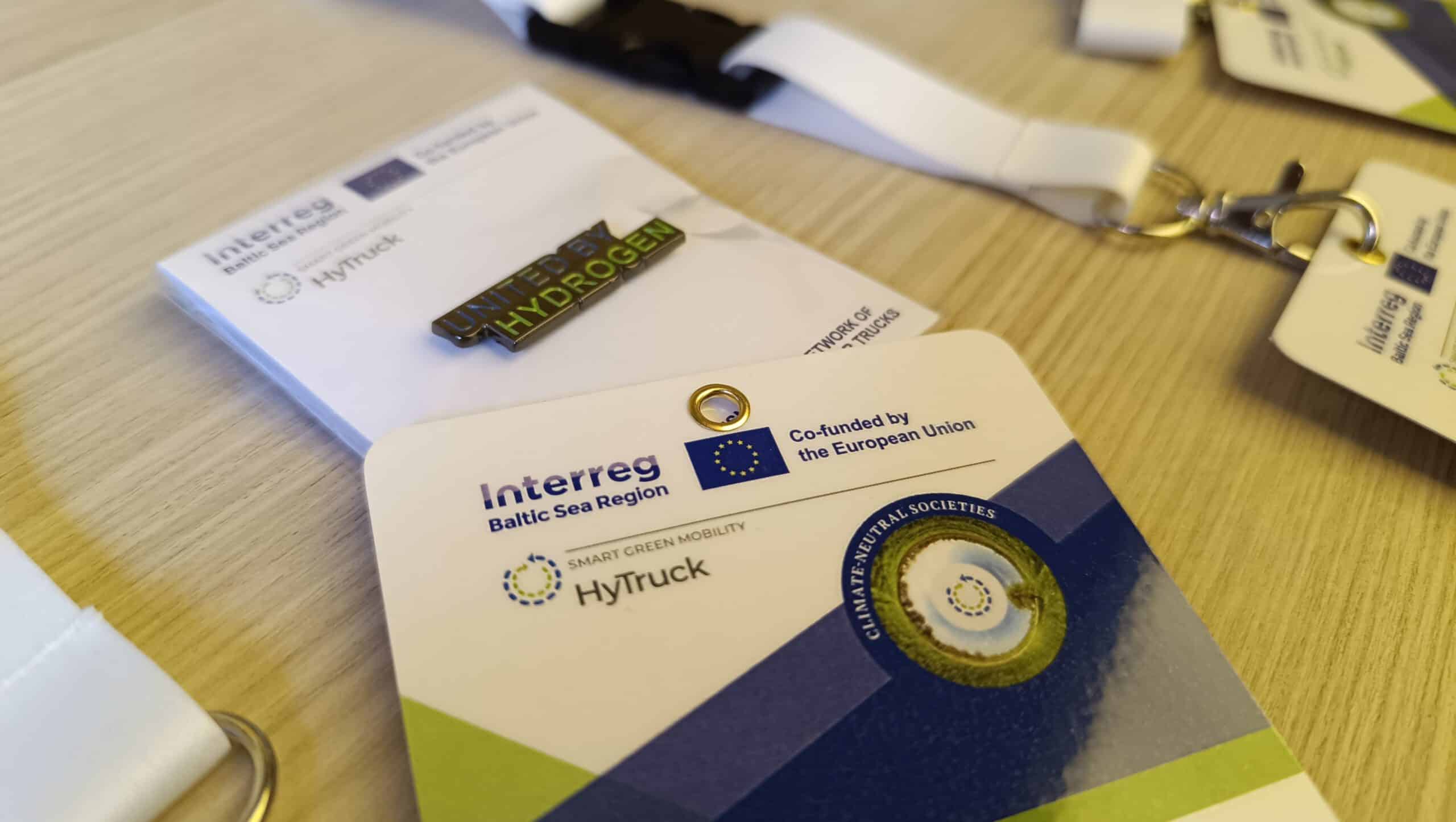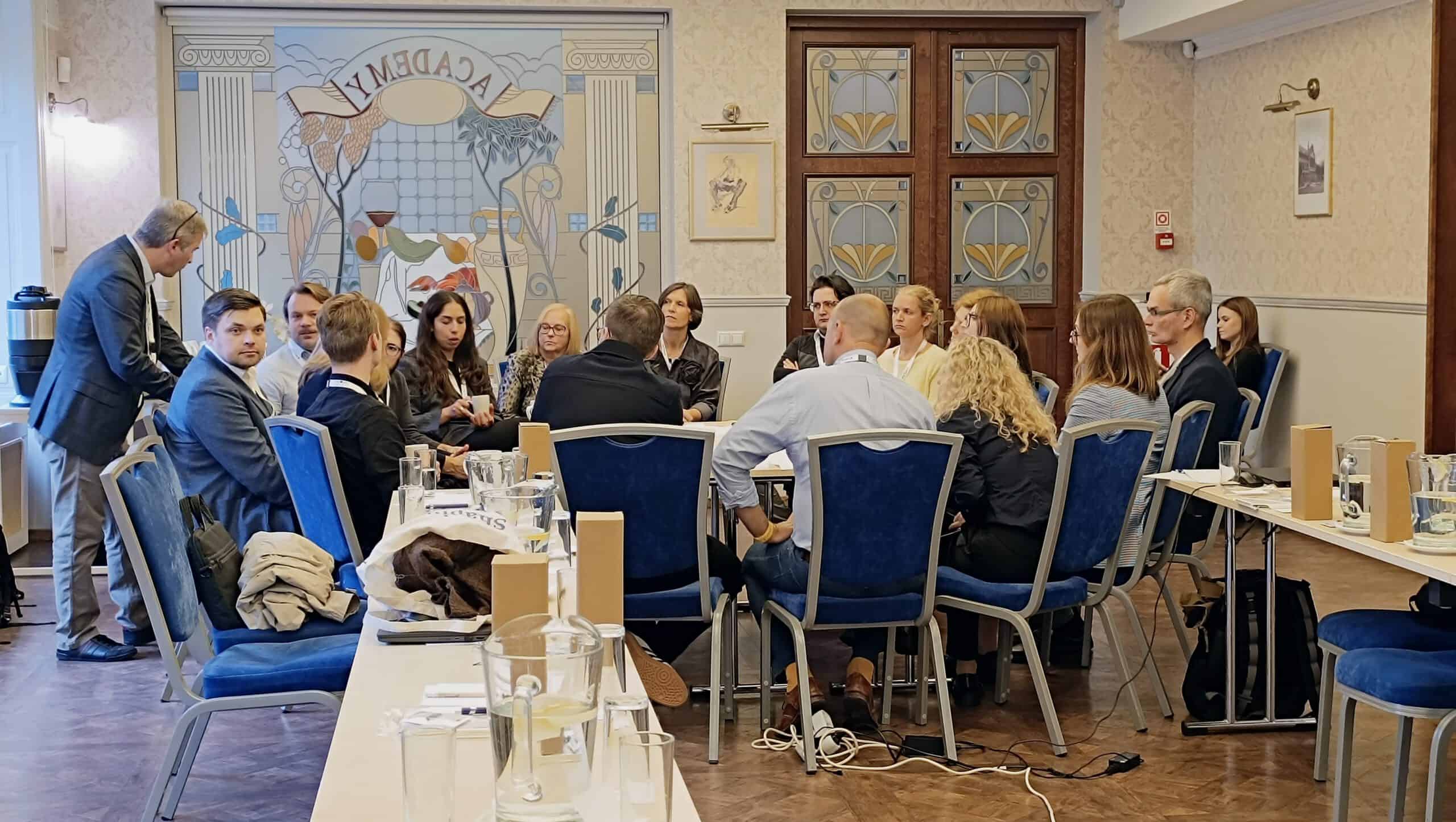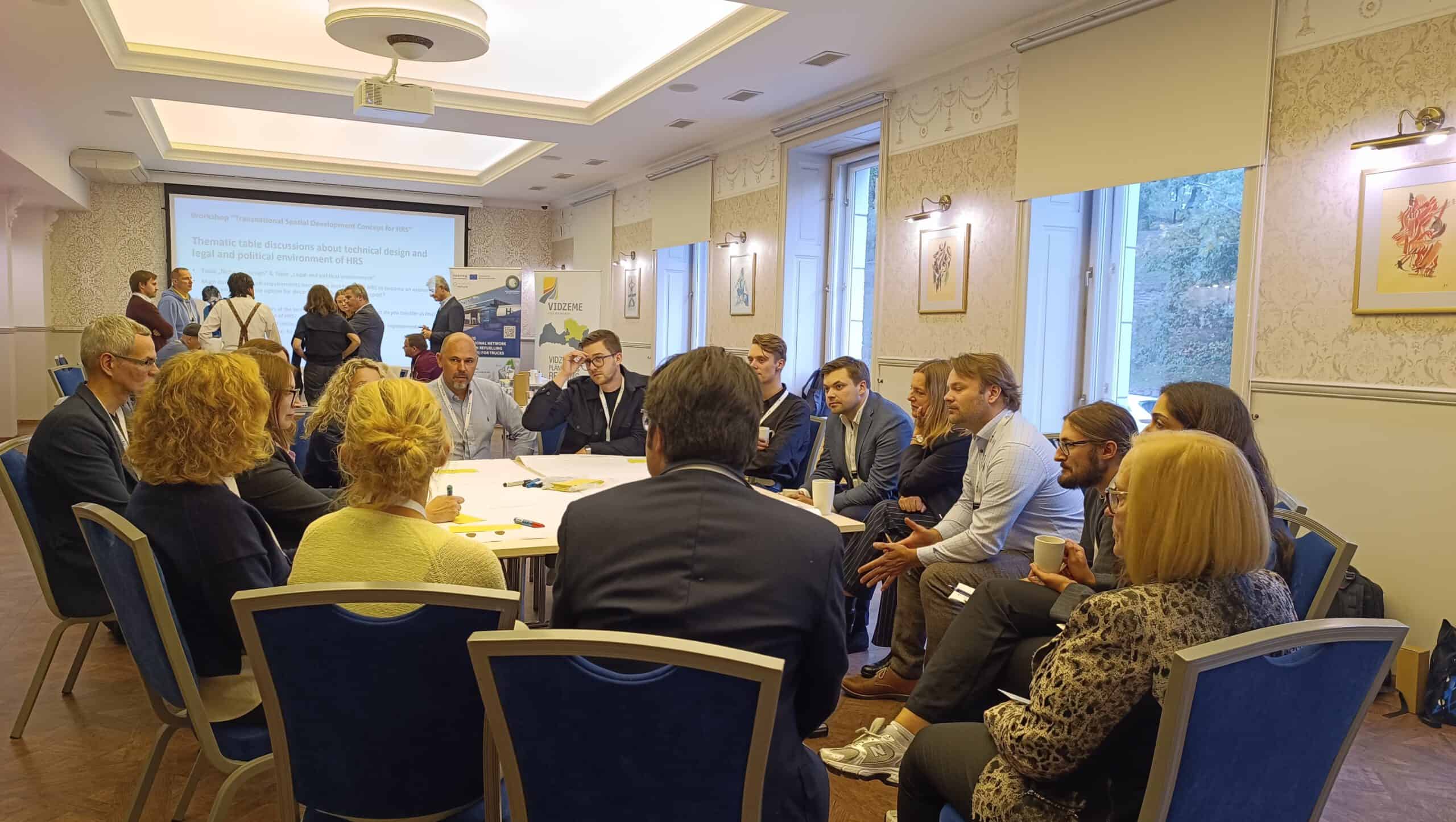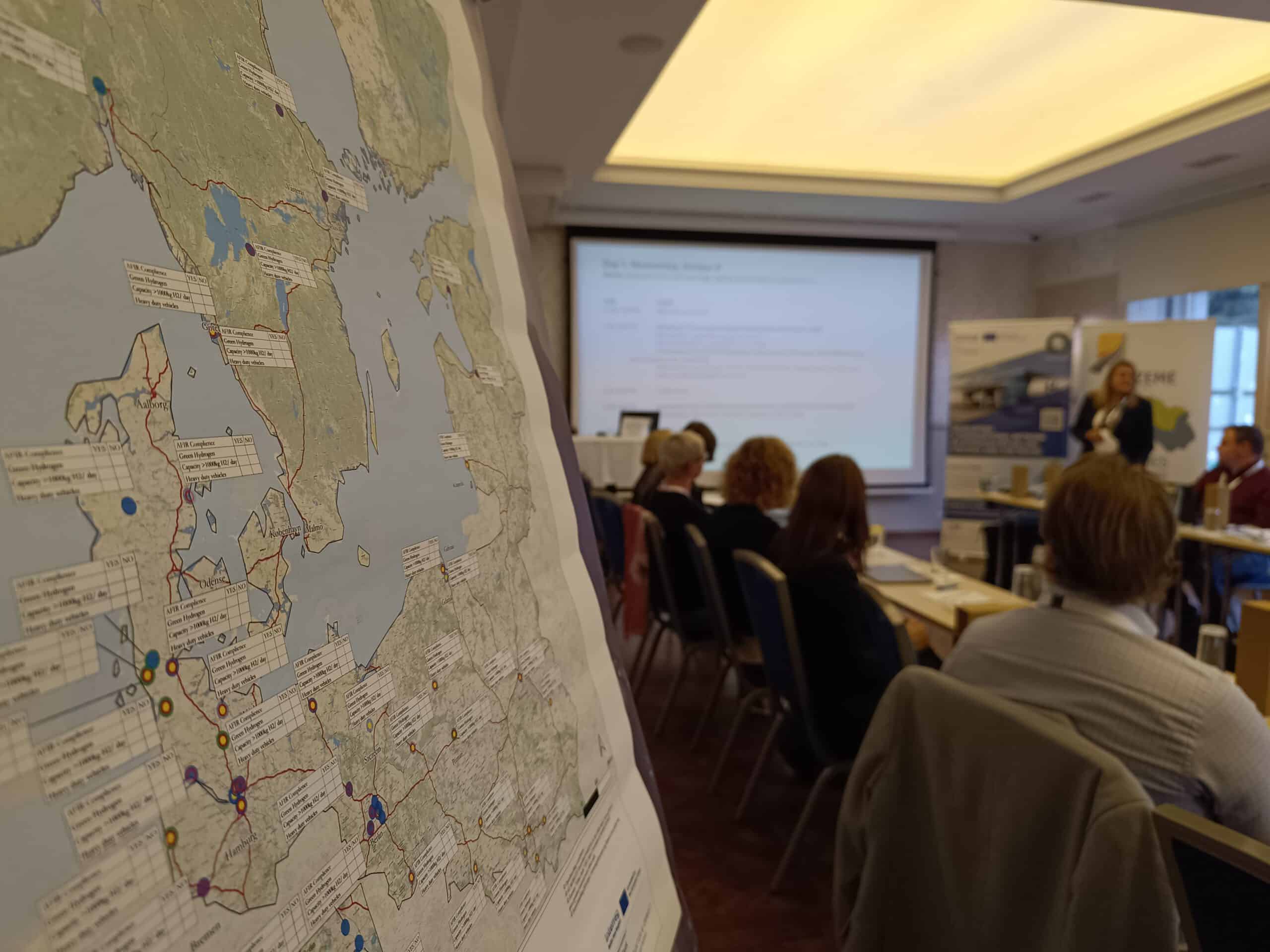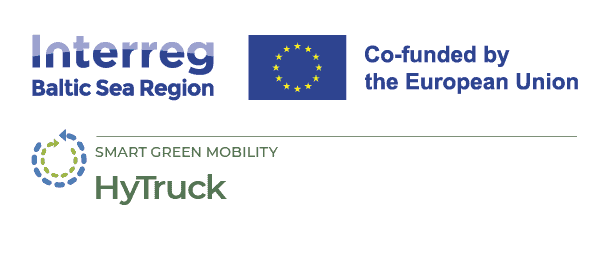
Shaping the hydrogen re-fuelling stations network in the Baltic Sea Region
14 October 2024
On 9 October, the first workshop on the Transnational Spatial Development Concept for Hydrogen Re-fuelling Stations was held to identify driving factors for a sustainable and econonmically feasible HRS deployment.
With regards to legislation and support mechanisms participants noticed
- that there is EU-legislation and strategies like AFIR, EU Hydrogen Strategy, RED II and ETS available. However, their consistent adoption in member states needs to be observed.
- It was common sense, that further guidance is needed for planning and permitting HRS as well as other hydrogen infrastructure, as there is uncertainty in repsonsible authorities concerning applicable standards, i.e. for safety which finally costs a lot of time.
- More ambitious goals and support mechanisms need to be set-up, to support investors, e.g. hydrogen valleys, reliable financial incentives reducing risk or other consequently prioritising zero emission freight transport.
Concerning the technological HRS ecosystem, participants found
- There is still too little green hydrogen production available in the entire area.
- For transport and storage of hydrogen, high losses as well as purity issues are critical.
- There are too few H2-heavy-duty vehicles available and it’s unclear, what technological standards will be applied: 700 bar / 350 bar, FCEV / ICE, LH2?
High costs of H2 as well as HRS infrastructure are considered the major disadvantage compared to other zero-emission transport options.
Afterwards, Hadi Farabi and Jorge Velandia-Vargas, Chalmers University of Technology, presented preliminary results of techno-economic and environmental modelling:
- Life-cycle assessment indicates that hydrogen production represents the largest contribution to the truck’s carbon footprint per km. The onsite production of hydrogen is a competitive option despite the lower production efficiency as transmission and distribution is avoided. The use of carbon fibre in compressed hydrogen trucks represents an environmental hotspot on trucks manufacturing.
- One can expect an increase in the share of H2 to meet the global energy demand in road freight transport in the coming decades. However, the expansion rate and takeoff time are the functions of adopted policies and technological developments in hydrogen-based transportation.
- While the booster compressor HRS design resulted in a slightly higher refueling cost, it showed better resilience to rush hours and load fluctuations.
On Thursday, 10 October, we visited the H2 production facility and hydrogen re-fuelling station at Rīgas satiksme, the public transport company of the City of Riga. H2 is used as a range extender for 10 trolleybuses. It was impressive to see, what technological know-how was created when developing the production facility and HRS. Although contributing significantly to a better air quality, high H2 production costs as well as technological issues with the FCEV-system negatively influence the economic performance of the FCEV-powered trolleybuses.
In the Freeport of Riga we were informed about hydrogen related projects in Latvia, like the Nordic-Baltic Hydrogen Corridor, activities of the Baltic Hydrogen Group to develop electrolysers and HRS in the Baltics and beyond as well as ambitions of the Freeport of Riga itself to decarbonise operations, planning amongst others to retrofit an ice-breaker with FCEV.
On our final day, Friday, 11 October, our Project Steering Committee meeting was held, provding an overview of what already has been achieved and what comes next. Whereas the tools & solutions developed by our research partners as well as their pilot application in our five pilot regions will be finished by the end of 2024, the elaboration of the project main outcomes, “A transnationally agreed spatial development concept indicating the locations of the HRS” as well as the “Memorandum of understanding on harmonized technological standards for HRS” are getting into focus. In Riga, we had first discussions about them. Thereby we wre very happy that we could welcome our colleagues from STRING megaregion who are currently running the project GREATER4H, supported by the Connecting Europe Facility.
In the end we spent three intensive and inspiring days in Riga. We are grateful for the organisation by our colleagues from Vidzeme Planning Region!






